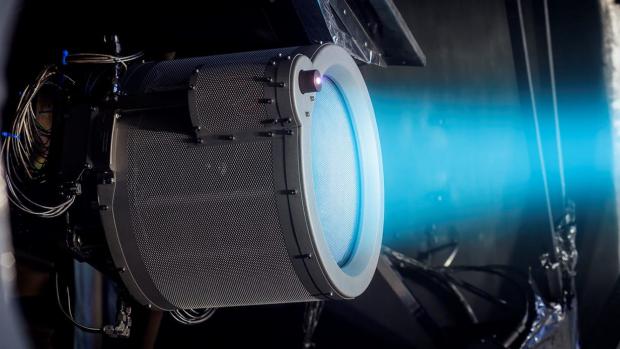
Breaking News
 GARLAND FAVORITO: More and more fraud from the 2020 election in Fulton County, Georgia...
GARLAND FAVORITO: More and more fraud from the 2020 election in Fulton County, Georgia...
 Rep. Matt Gaetz tells Tucker Carlson that agents of the Israeli govt tried to blackmail his...
Rep. Matt Gaetz tells Tucker Carlson that agents of the Israeli govt tried to blackmail his...
 Trump: We need Greenland for national security… you have Russian and Chinese ships all over...
Trump: We need Greenland for national security… you have Russian and Chinese ships all over...
 1,000 US pastors travel to train as 'ambassadors' for Israel
1,000 US pastors travel to train as 'ambassadors' for Israel
Top Tech News
 Perfect Aircrete, Kitchen Ingredients.
Perfect Aircrete, Kitchen Ingredients.
 Futuristic pixel-raising display lets you feel what's onscreen
Futuristic pixel-raising display lets you feel what's onscreen
 Cutting-Edge Facility Generates Pure Water and Hydrogen Fuel from Seawater for Mere Pennies
Cutting-Edge Facility Generates Pure Water and Hydrogen Fuel from Seawater for Mere Pennies
 This tiny dev board is packed with features for ambitious makers
This tiny dev board is packed with features for ambitious makers
 Scientists Discover Gel to Regrow Tooth Enamel
Scientists Discover Gel to Regrow Tooth Enamel
 Vitamin C and Dandelion Root Killing Cancer Cells -- as Former CDC Director Calls for COVID-19...
Vitamin C and Dandelion Root Killing Cancer Cells -- as Former CDC Director Calls for COVID-19...
 Galactic Brain: US firm plans space-based data centers, power grid to challenge China
Galactic Brain: US firm plans space-based data centers, power grid to challenge China
 A microbial cleanup for glyphosate just earned a patent. Here's why that matters
A microbial cleanup for glyphosate just earned a patent. Here's why that matters
 Japan Breaks Internet Speed Record with 5 Million Times Faster Data Transfer
Japan Breaks Internet Speed Record with 5 Million Times Faster Data Transfer
BepiColombo's journey to Mercury relies on ion power

The new solar-electric propulsion system, in conjunction with a series of nine planetary flybys, will allow the unmanned spacecraft to reach its destination against the pull of the Sun's gravity.
After a successful launch from the European Spaceport in Kourou, French Guiana, the BepiColombo mission to Mercury is currently undergoing system checks before deploying its instruments and going to hibernation for the long five-year journey. However, it won't be a quiet sleep.
Unlike traveling to the outer planets, getting to Mercury poses its own peculiar problems. To reach Mars, for example, a spacecraft needs rockets to boost its velocity, so it can go into an orbit farther from the Sun. It's a bit like pushing a wagon uphill. As you do so, you're actually pumping energy into the wagon as it is moved away from the center of the Earth. But in going to one of the inner planets, you're hurtling downhill and hoping there's something soft to crash into.
This suggests that sending a probe to one of the inner planets should be as easy as dropping a stone down a well, but it turns out to be anything but. True, a relatively small rocket could push a spacecraft toward Mercury, but as it traveled, it would accelerate, shoot past its target and slingshot around the Sun going much faster than before.

 Advanced Propulsion Resources Part 1 of 2
Advanced Propulsion Resources Part 1 of 2

